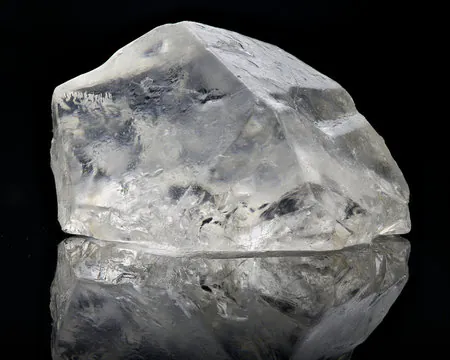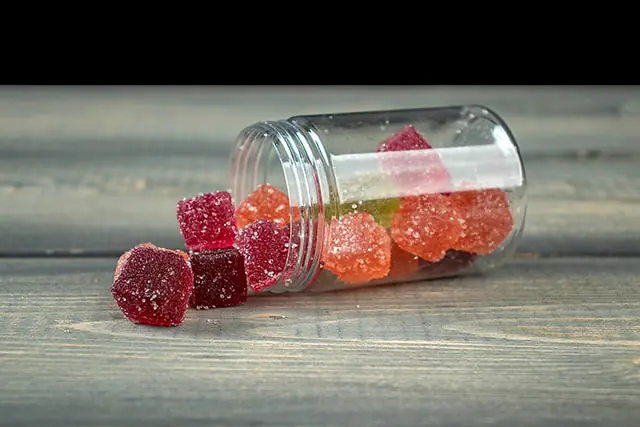Most of you have probably heard about CBD and its plethora of advantages by now. But with so many different brands appearing, it may be difficult to know how to evaluate the value of the alternatives available.
Unfortunately, there is a significant issue with mislabeled goods on the market. It is thus critical for customers to exercise caution when selecting their CBD. The Certificate of Analysis exists to give openness and details about the cannabinoid profiles in the item, among other things.
All producers should send a sample of each new batch of CBD manufactured to an independent third-party lab for testing. This will secure customers and verify the CBD content is as planned and labeled. Before purchasing a CBD product, always look for the Certificate of Analysis (CoA). If this is not easily accessible, contact the firm, and they should be able to deliver it to you.
In this post, we will go over how to understand a CoA and use ours as an example.
What is a Certificate of Analysis (COA)?
A Certificate of Analysis (COA) is documentation that manufacturers create to ensure that the item they produce meets the standards of its customers. Customers need to verify that the product they are getting complies with their specified specifications and aims and fits their demands. COAs assist your business in avoiding costly refunds, replacements, or consumer complaints.
Start With the Details at the Top
To begin, every CoA must provide the following data at the top of their page:
- “Certificate of Analysis”
- The name of the laboratory performing the test
- The batch number will be provided by the supplier.
- The date the sample was received
- When the sample was examined
- How to Read a CBD Certificate of Analysis?
It is important to know what the data in each component of the COA signifies. Although there may be little variances in how the lab findings are provided, all of these lab reports follow a common framework.
Here are the fundamentals of extracting the most essential knowledge from a CBD certificate of analysis.
Cannabinoid Types
The hemp plant includes a wide range of cannabinoid chemicals. If you sell full-spectrum CBD oil, your proof of analysis should mention all detected cannabinoids, including CBD, CBDV, and CBG. This part will also contain THC, the cannabinoid you don’t want if your product isn’t branded and openly marketed as cannabis – at least not in concentrations more than 0.3 percent weight.
You may see the initials ND next to some of the compounds as you browse down the list of substances. That’s an abbreviation for “non-detect,” which means “there was so little of this component present that the apparatus couldn’t pick it up.”
Weight Percentage
This column is located directly to the right of the list of cannabis kinds. The proportion by weight of each cannabinoid is listed in the weight percentage. The given quantity represents the weight of the goods themselves, excluding packing.
Concentration
The quantity of each cannabinoid as a percentage of the total item is reported in the following column. Milligrams per gram (mg/g) is the unit of measurement. The ratio column, especially for CBD oils, makes it quite straightforward to double-check that you’re getting what you paid for. For example, if you bought a 50-gram product that offers a total of 600mg of CBD, you should observe a concentration of 12mg of CBD per gram.
Heavy Metal Analysis
Consuming heavy metals in amounts that surpass acceptable levels can make you unwell. As a result, many producers include testing for these in their CBD certificate of analysis. There are two key areas to look at in this article. The first one is the concentration level of each heavy metal on the list that has been examined. This figure shows how much of each metal was discovered during the analysis.
The second is the Ingestion column, which is located under the Use Limits header. This is the maximum amount that the government deems safe for consumption. The concentration level evaluated should always be much below the ingested usage limit.
Pesticide Analysis
You aren’t the only one who is fascinated by hemp-based items; bugs are as well. So, CBD certificates of analysis frequently contain test findings for regularly used pesticides. The answers in this part resemble those in the heavy metals section. The name of the pesticide tested, the amount at which it was identified, the allowable amount limits, and whether the findings indicate a pass are all written across each line.
Further Considerations
The identity, date, and sign of the technicians who examined the sample will appear at the conclusion of the report. This validates the COA’s legitimacy.
The lab’s name, contact details, and accreditation number should also be included. Check that the lab producing the report is not the same as the firm selling the items. This ensures that the report comes from a third party rather than the corporation that manufactures the goods.
There is no part on the sample COA below for flavonoid analyses, heavy metals, mycotoxins, or genetic testing. This is due to the fact that they were not ordered. This isn’t good or bad if you’re seeking certain exact tests. You may always get in touch with the firm and ask about any problems.
Conclusion
There are numerous CBD (cannabidiol) items available on the market. Cannabidiol products are available in a range of locations, including petrol stations, grocery shops, pharmacies, certain physician’s offices, and digitally. The rules regarding these items vary based on where you reside. If you do your research and evaluate the certificate of analysis, you can find high-quality CBD products.




